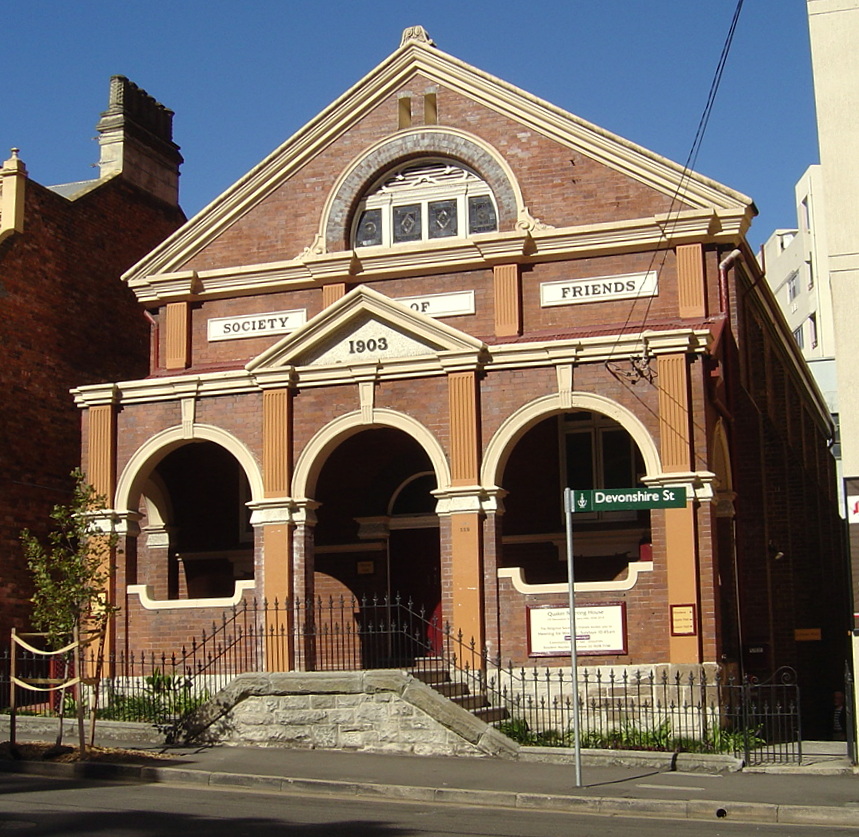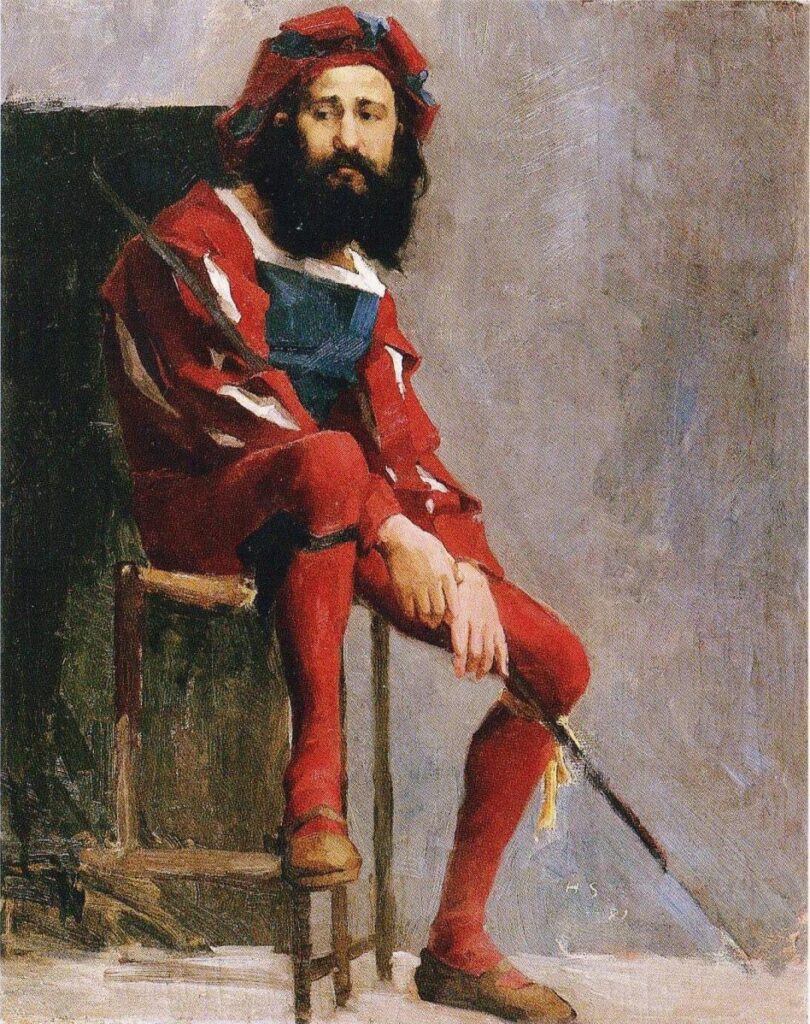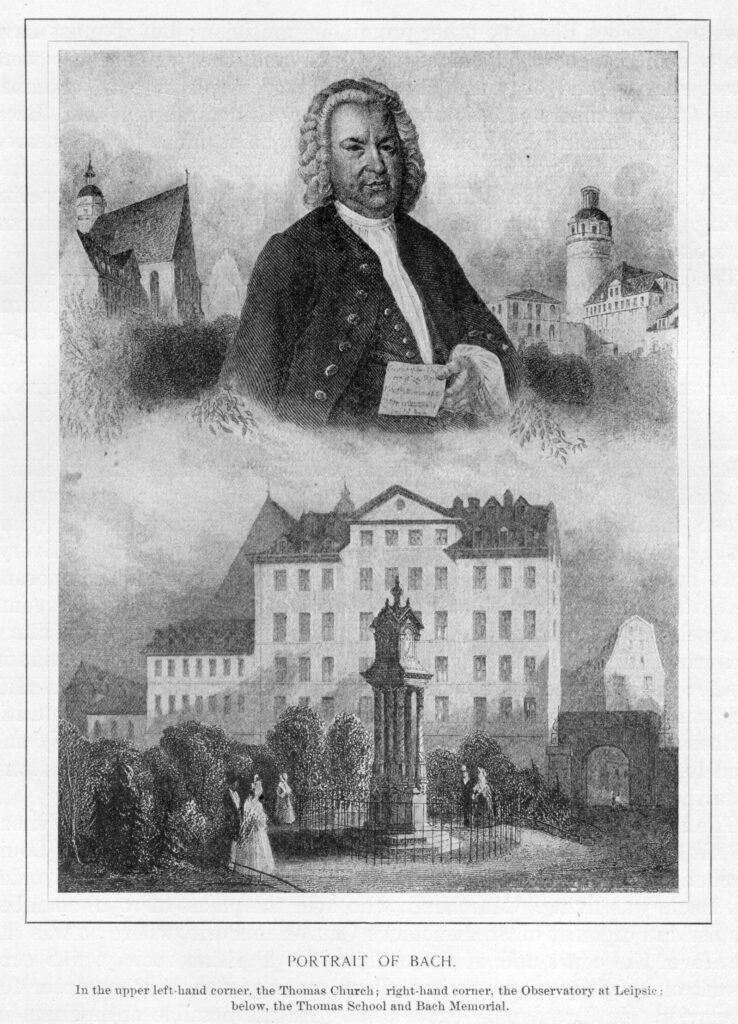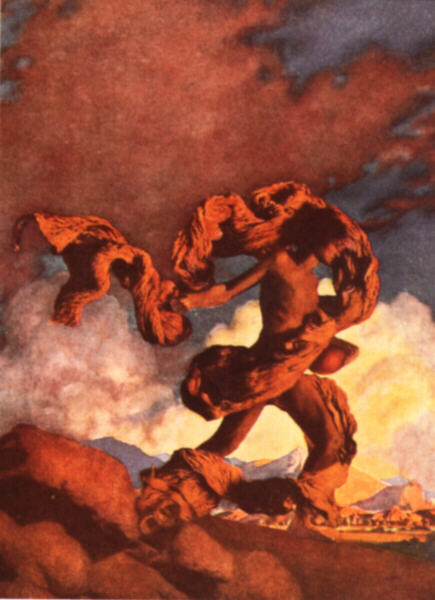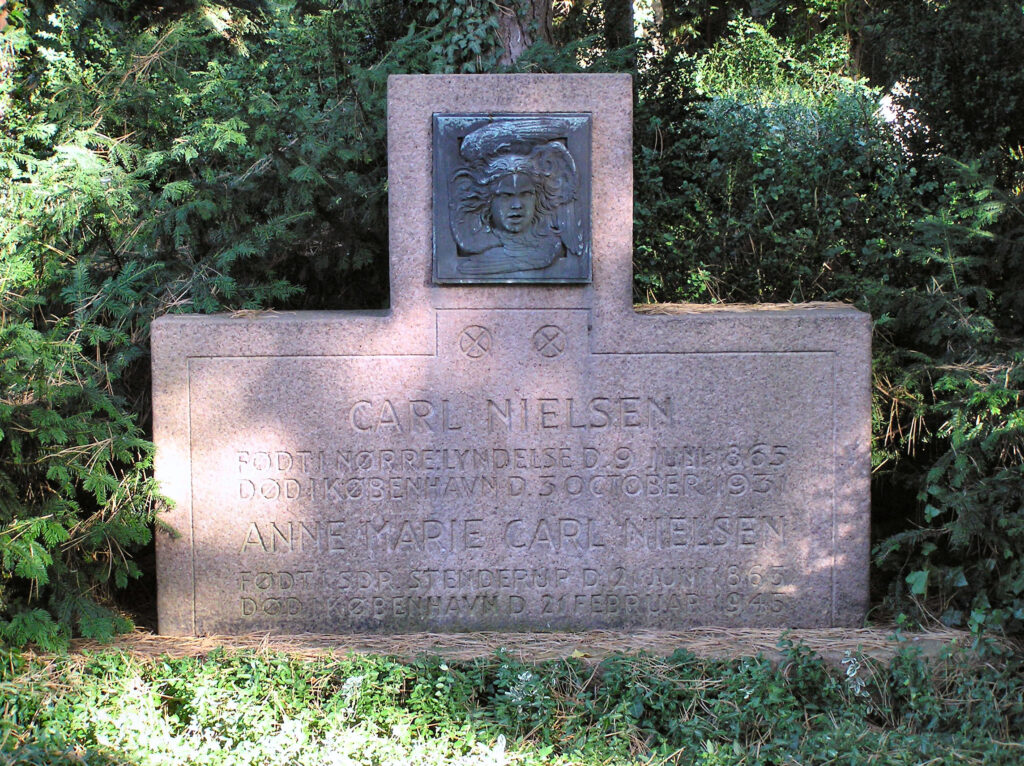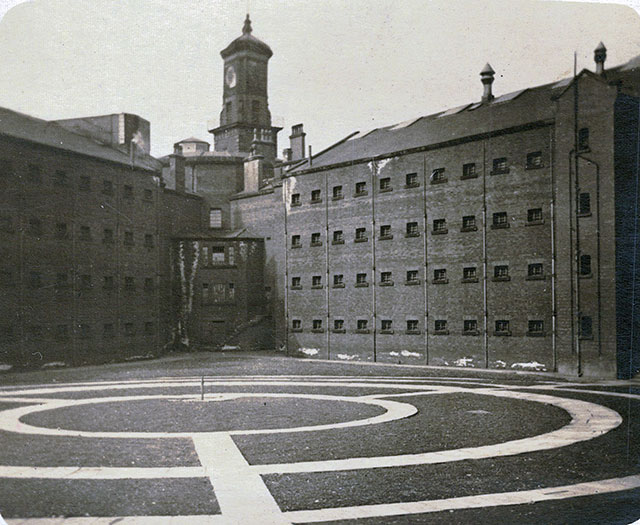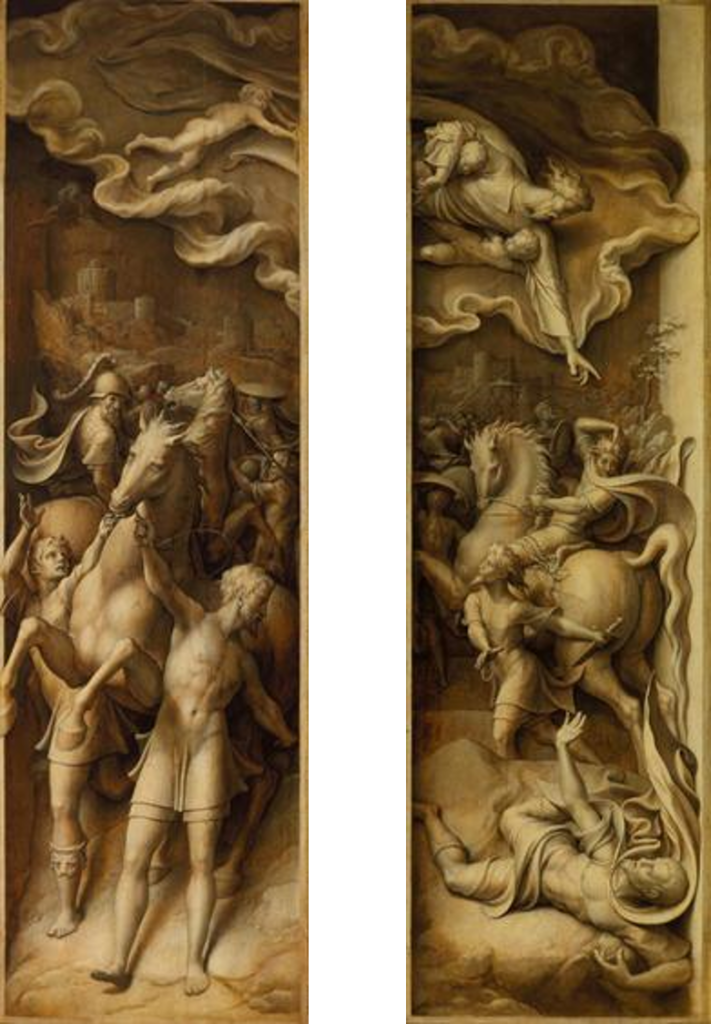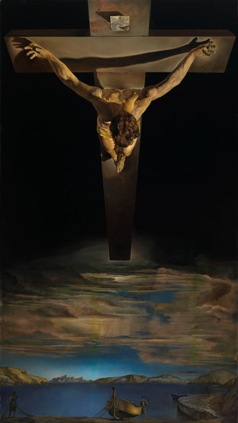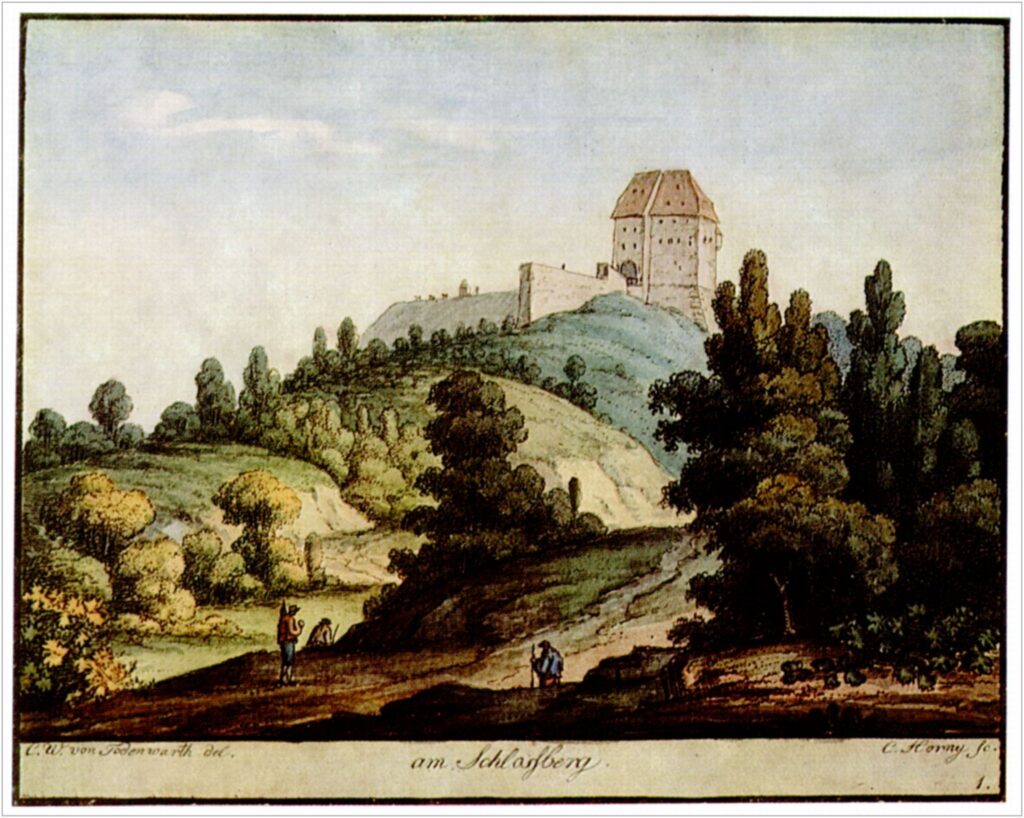
Konrad Horny, Eisenach Schlosberg, 1800, credit Wikipedia. Eisenach was J S Bach’s birthplace
Revelations
Selma Gokcen and Kenneth Cooper, Bach Revealed: A Player’s Guide to the Solo Cello Suites by J.S. Bach, Volume One – Suites I and III BWV 1007–1008, reviewed by Joseph Spooner
Judging by the designations given to musical events, it is not uncommon for composers to be ‘revealed’, even when that composer’s works are staples of concert life and their author has been the focus of intense intellectual endeavour for decades. Beethoven has been ‘revealed’ more than once recently. Such events, of course, perform important functions: engaging audiences who are already interested in Classical Music, but inviting them to listen differently, and engaging those who are interested in Classical Music, but feel alienated by standard presentations of it. The revelation to which Gokcen and Cooper aspire could not be more different, aiming as it does to understand Bach’s suites for solo cello –a cornerstone of the repertoire – at a profound level. An exercise of this sort might seemingly be the preserve of such groups, but the subtitle, A Player’s Guide, indicates the work’s intended audience; other groups may however be also be drawn to this– those interested in Bach who are able to read music, analysts, etc. This is certainly not an edition as it is commonly understood, even though it has been termed such in the foreword to Bach Revealed by several of those commending the project. No comparisons with editions can or should be offered, but mention should be made of the splendid Urtext package published by Bärenreiter, which reproduces all the original sources and provides the materials for any performer to create their own edition.
In his introduction, Cooper states that the work’s overarching aim is ‘to discover the dance rhythm within [the dances’ ornamentation]’, so that we do not end up ‘hearing (or playing) continuous melody without any sort of internal rhythm’. This is a natural aspiration for any performer or teacher of the suites in the dance movements. Cooper goes on to provides useful notes on the structure of the suites and the Baroque dance forms they feature, as well as brief notes on performance practice; the introductory material in the Urtext is comparable, though rather wider in scope on performance practice. Both works agree on the necessity for understanding the nature of the dance forms, though approach the matter in (stimulatingly) different ways. The sequence of dances in each of Bach’s cello suites is prefaced with a prelude, but both Bach Revealed and the Urtext are somewhat short on the nature of this purely instrumental form that raises a set of issues very different from those associated with the dances.
Continue reading →
Like this:
Like Loading...
